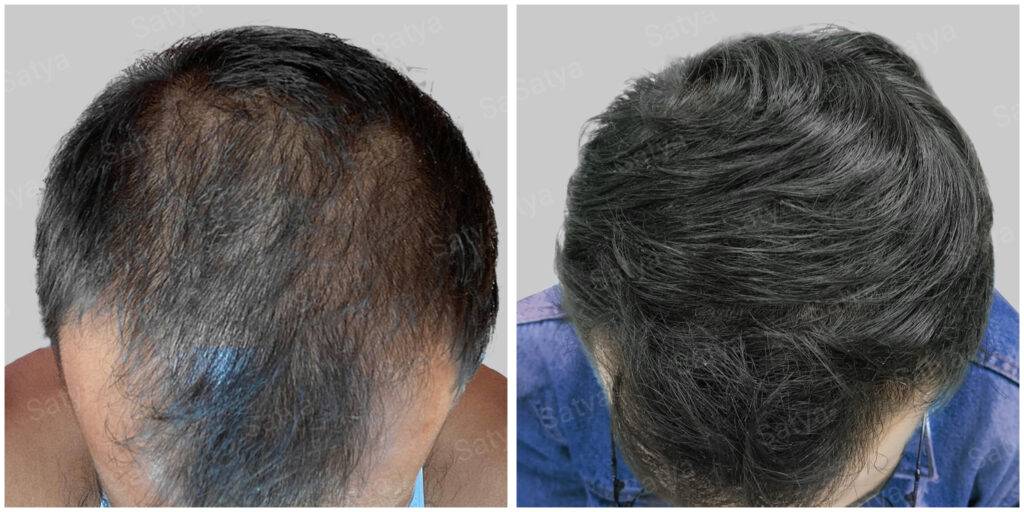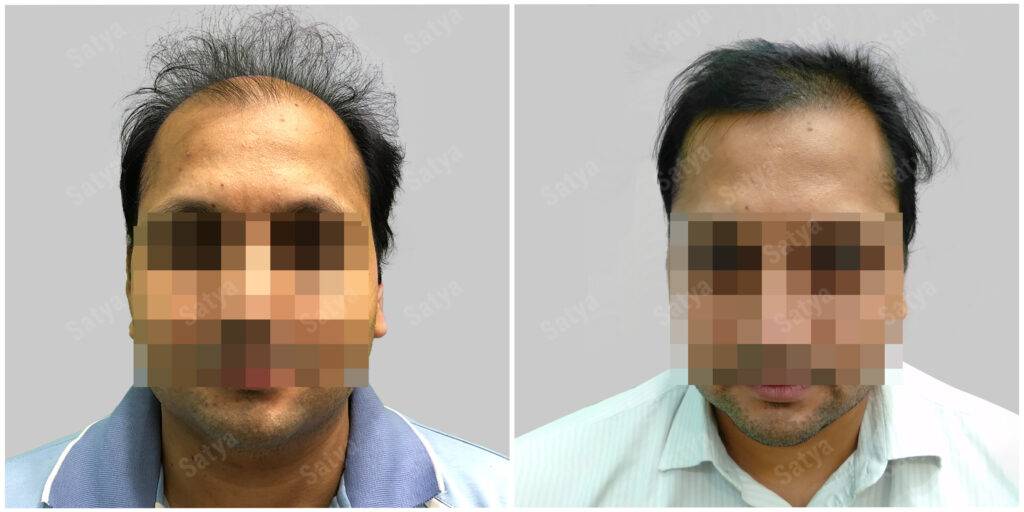Dealing with fungal infections can be both uncomfortable and bothersome. Whether it’s an annoying bout of dandruff, athlete’s foot, or a more serious skin infection, Ketoconazole stands as a potent antifungal medication to help you regain your comfort and confidence.
In this comprehensive guide, we’ll delve into the world of Ketoconazole, shedding light on what it is, what it can treat, how it works, and essential considerations.

What is Ketoconazole?
Ketoconazole is a formidable antifungal medication classified under the imidazole class of drugs. Its primary mode of action involves disrupting the formation of fungal cell membranes, ultimately leading to the demise of the fungal cells. Ketoconazole is available in various forms, including oral tablets, topical creams, and shampoos.
Conditions Treatable with Ketoconazole
Ketoconazole boasts versatility in treating a range of fungal infections, including:
Tinea Versicolor: Characterized by discolored patches on the skin, tinea versicolor can be effectively treated with Ketoconazole.
Ringworm: This common fungal infection affecting the skin’s top layer is no match for the antifungal properties of Ketoconazole.
Jock Itch: Uncomfortable and itchy, jock itch can be alleviated with the use of Ketoconazole.
Athlete’s Foot: If you’re battling the persistent itching and discomfort of athlete’s foot, Ketoconazole can help you find relief.
Dandruff: Persistent dandruff can be a sign of fungal activity on the scalp, and Ketoconazole shampoos are formulated to combat this issue.
Fungal Infections of the Nails: Fungal infections can also affect the nails, causing discoloration and thickening. Ketoconazole treatments can be beneficial in these cases.

How Does Ketoconazole Work?
Ketoconazole’s efficacy hinges on its ability to disrupt ergosterol formation, a critical component of fungal cell membranes. By inhibiting ergosterol production, the antifungal weakens the membrane, leading to its eventual rupture and the death of fungal cells.
Safety and Considerations
While Ketoconazole is generally safe when used as directed, it can cause side effects in some individuals. Common side effects include skin irritation, itching, and redness. Should you experience severe side effects like a rash or breathing difficulties, prompt medical attention is crucial.
It’s essential to highlight that Ketoconazole is a prescription medication and should only be used under the guidance of a healthcare provider. Furthermore, individuals with known allergies to Ketoconazole or its components should avoid its use. Caution is advised for those with liver disease, as rare cases have linked Ketoconazole to liver damage.

Using Ketoconazole Effectively
Ketoconazole is available in various forms, each tailored to address specific fungal infections. Topical creams, shampoos, and oral tablets are common options. The dosage and duration of hair treatment depend on the type and severity of the infection, so it’s vital to adhere to your doctor’s instructions and carefully read the medication label before use.
Conclusion
When fungal infections disrupt your comfort and confidence, Ketoconazole steps in as a reliable solution. It effectively targets a variety of fungal infections, from superficial skin conditions to persistent dandruff. While generally safe, it’s crucial to follow your healthcare provider’s guidance and promptly report any side effects. With proper use, Ketoconazole can help you regain your health and well-being.
Book an appointment
Consultation

Repair

Blog

Galleries

Frequently Asked Questions
The time it takes for Ketoconazole to yield noticeable results depends on the severity of the infection and the form of the medication used. Topical creams and shampoos may take several weeks to show improvement.
Ketoconazole is primarily designed to treat fungal infections, but it may also have some effectiveness against certain types of yeast infections.
Ketoconazole is generally safe for use in children, but the dosage and duration of treatment may need to be adjusted. It's essential to consult your child's doctor before using this medication.
If you are pregnant or breastfeeding, it's crucial to consult your doctor before using Ketoconazole.
Ketoconazole may interact with certain medications, so it's essential to discuss potential interactions with your doctor before using it in combination with other medications.
While not typically used preventatively, Ketoconazole may be prescribed in some cases to prevent recurrent fungal infections.
Ketoconazole should be stored at room temperature, away from moisture and heat. Be sure to keep it out of reach of children and pets.
It's crucial to complete the full course of Ketoconazole treatment, even if your symptoms improve or disappear. Stopping treatment prematurely may lead to a recurrence of the infection.




